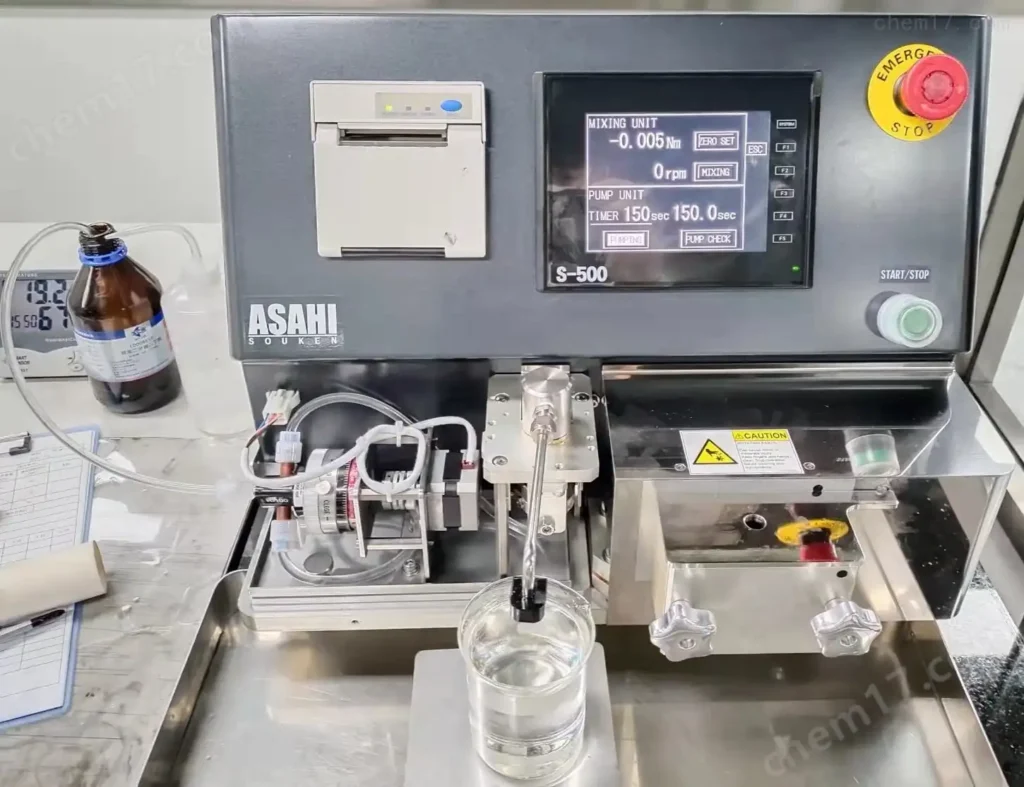The oil absorption value of magnesium oxide is a crucial physical property indicator that reflects its ability to absorb oil under specific conditions. This indicator has wide-ranging application value in the industrial production, application, and scientific research of magnesium oxide. Wuxi Honglixin will thoroughly discuss the related concepts, test methods, influencing factors, and practical roles of magnesium oxide’s oil absorption value, aiming to provide readers with a comprehensive and in-depth understanding.

Firstly, we need to clarify what the oil absorption value of magnesium oxide is. Simply put, the oil absorption value refers to the amount of oil that a unit mass of magnesium oxide can absorb under specific conditions. This indicator is typically expressed in milliliters of oil per gram of magnesium oxide (mL oil/g MgO or ml/g). A higher oil absorption value indicates a stronger oil absorption capacity for magnesium oxide. This property is closely related to factors such as the specific surface area, pore structure, and surface energy of magnesium oxide.
Next, we will discuss how to test the oil absorption value of magnesium oxide. Currently, there are two main commonly used testing methods: the static method and the dynamic method. The static method involves mixing a certain amount of magnesium oxide with oil and measuring the amount of oil absorbed within a specific time. The dynamic method, on the other hand, determines the oil absorption value by simulating dynamic conditions encountered in practical use, such as stirring and heating. Both methods have their advantages and disadvantages, and the specific choice depends on practical application needs and testing conditions.
Having understood the testing methods for magnesium oxide’s oil absorption value, we will further explore the factors influencing it. Firstly, the particle size of magnesium oxide has a significant impact on the oil absorption value. Generally, the smaller the particle size, the larger the specific surface area, and thus the stronger the oil absorption capacity. Secondly, the pore structure and surface energy of magnesium oxide are also important factors influencing the oil absorption value. Magnesium oxide with a rich pore structure and higher surface energy often exhibits a higher oil absorption value. Furthermore, factors such as crystallinity, purity, and surface treatment of magnesium oxide can also affect the oil absorption value to some extent.
In practical applications, the oil absorption value of magnesium oxide holds broad significance. Firstly, in industries such as coatings and inks, magnesium oxide can be used as a thickener, thixotropic agent, and other additives. By adjusting its oil absorption value, the rheological and thixotropic properties of coatings can be improved. Secondly, in the field of polymer materials like rubber and plastics, magnesium oxide can be utilized as a filler, anti-aging agent, etc. Its oil absorption properties can improve the mechanical and processing performance of these materials. Additionally, in sectors such as cosmetics and food, the oil absorption value of magnesium oxide also has certain application potential.
However, it is important to note that the oil absorption value of magnesium oxide is not the sole evaluation criterion. In practical applications, other performance indicators of magnesium oxide, such as thermal stability, chemical stability, and water absorption (hygroscopicity), must also be comprehensively considered to select the most suitable magnesium oxide product.
In summary, the oil absorption value of magnesium oxide is a critical physical property indicator that reflects its capacity to absorb oil under specific conditions. By gaining a deep understanding of the related concepts, testing methods, influencing factors, and practical roles of magnesium oxide’s oil absorption value, we can better select and apply magnesium oxide products, thereby maximizing their application value. Concurrently, it provides a valuable reference for the industrial production, application, and scientific research of magnesium oxide.
